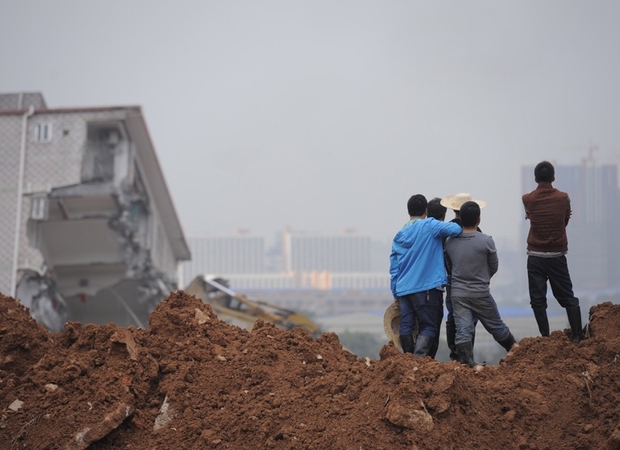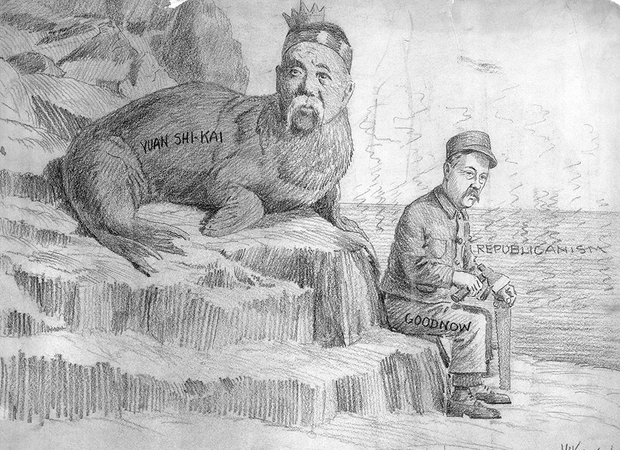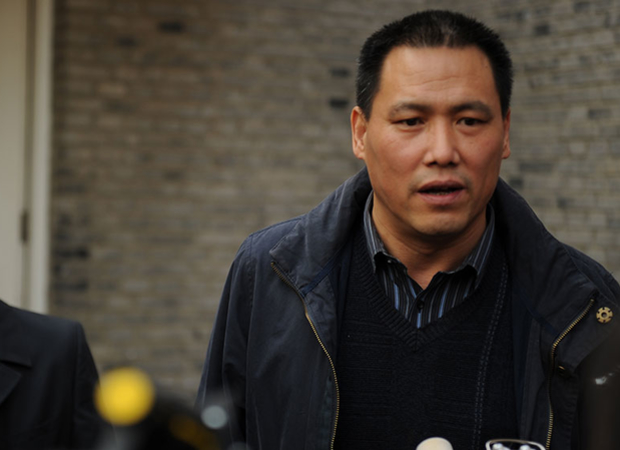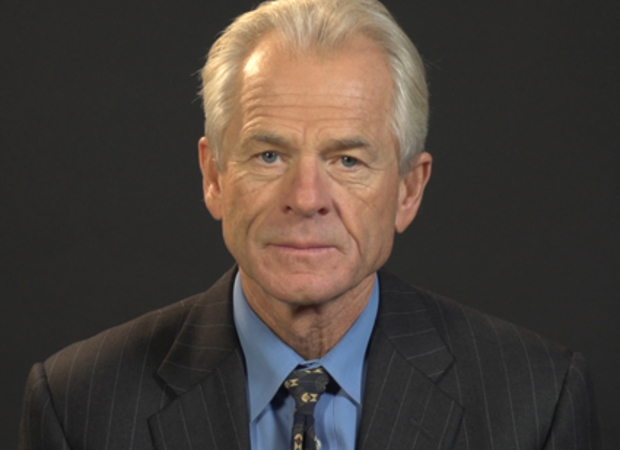China Manufacturing Picks Up
on December 31, 2015
China’s PMI rose slightly in December, but economists don’t expect significant rebound in economy.
China’s PMI rose slightly in December, but economists don’t expect significant rebound in economy.
The 13-year-old is believed to have jumped from the top of a tall building after being accused of shoplifting, drawing around 1,000 locals.
China is expanding its navy amid rising tension with its neighbours in the East and South China Seas.
A portrait of Dr. Frank Johnson Goodnow published in the April 1914 issue of The World’s Work after his return from China, when he became the president of Johns Hopkins University.

Like so many of Mao’s pronouncements, it sounded simple. “The South has a lot of water; the North lacks water.

On December 20, a tidal wave of red dirt and construction waste descended on Guangming New District, part of the Chinese southern megacity of Shenzhen, burying whole buildings and sending residents scrambling in fright.

Goodnow was not the first, nor would he be the last, foreign academic to have their views appropriated in support of illiberal regimes. Recent controversies involving Daniel Bell, whom The Economist once directly compared to Frank Goodnow, and his new book The China Model: Political Meritocracy and the Limits of Democracy, and the 2010 book China’s Megatrends suggest that there are writers today who, like Goodnow, challenge accepted notions of the Chinese state and risk accusations of abetting authoritarianism.

Pu Zhiqiang is a well-known Chinese human rights lawyer and outspoken intellectual who has taken on many precedent-setting cases defending freedom and protecting civil liberties. But his outstanding contributions in the judicial realm and his tremendous influence have made him a target of the Chinese government. On May 4, 2014, along with a dozen intellectuals, scholars, and writers, he attended a private meeting in commemoration of the June 4 Tiananmen Square incident.

Will there be war with China? This book provides the most complete and accurate assessment of the probability of conflict between the United States and the rising Asian superpower. Equally important, it lays out an in-depth analysis of the possible pathways to peace. Written like a geopolitical detective story, the narrative encourages reader interaction by starting each chapter with an intriguing question that often challenges conventional wisdom.
Based on interviews with more than thirty top experts, the author highlights a number of disturbing facts about China’s recent military buildup and the shifting balance of power in Asia: the Chinese are deploying game-changing “carrier killer” ballistic missiles; some of America’s supposed allies in Europe and Asia are selling highly lethal weapons systems to China in a perverse twist on globalization; and, on the U.S. side, debilitating cutbacks in the military budget send a message to the world that America is not serious about its “pivot to Asia.”
In the face of these threatening developments, the book stresses the importance of maintaining U.S. military strength and preparedness and strengthening alliances, while warning against a complacent optimism that relies on economic engagement, negotiations, and nuclear deterrence to ensure peace.
Accessible to readers from all walks of life, this multidisciplinary work blends geopolitics, economics, history, international relations, military doctrine, and political science to provide a better understanding of one of the most vexing problems facing the world. —Prometheus Books

[T]he CES show is international, and it embraces companies from all over the world. But make no mistake, the Chinese have arrived, and they plan to disrupt the traditional CE players as much as possible and take market share away from them fast.